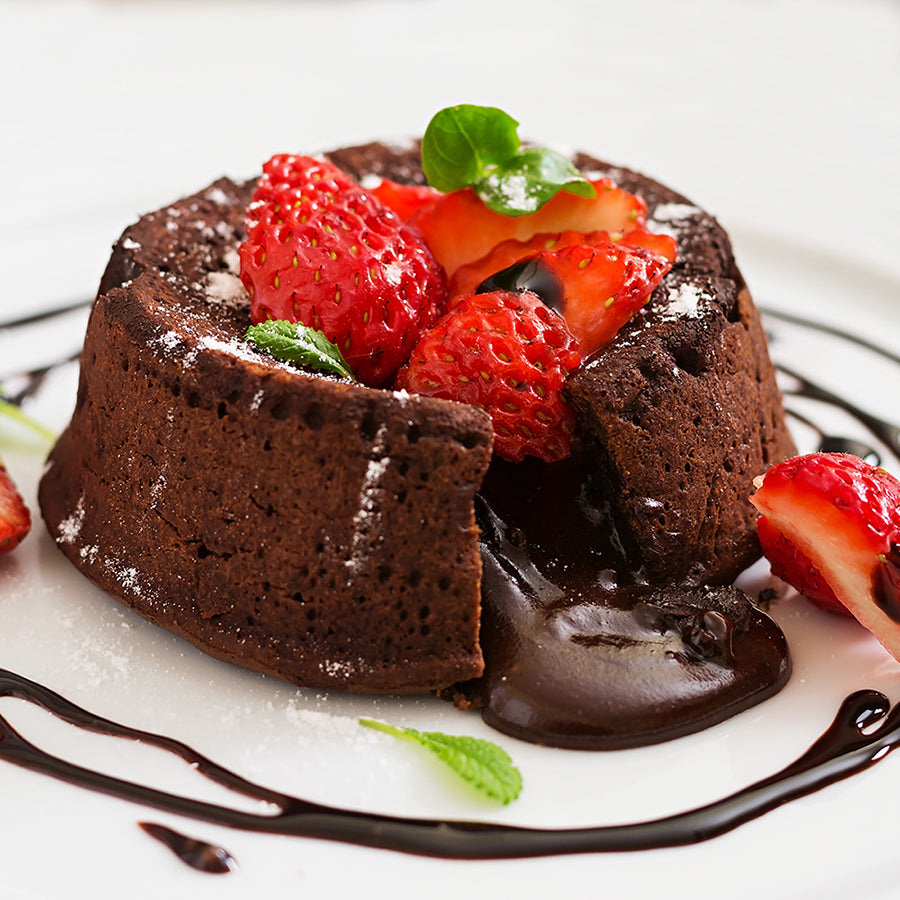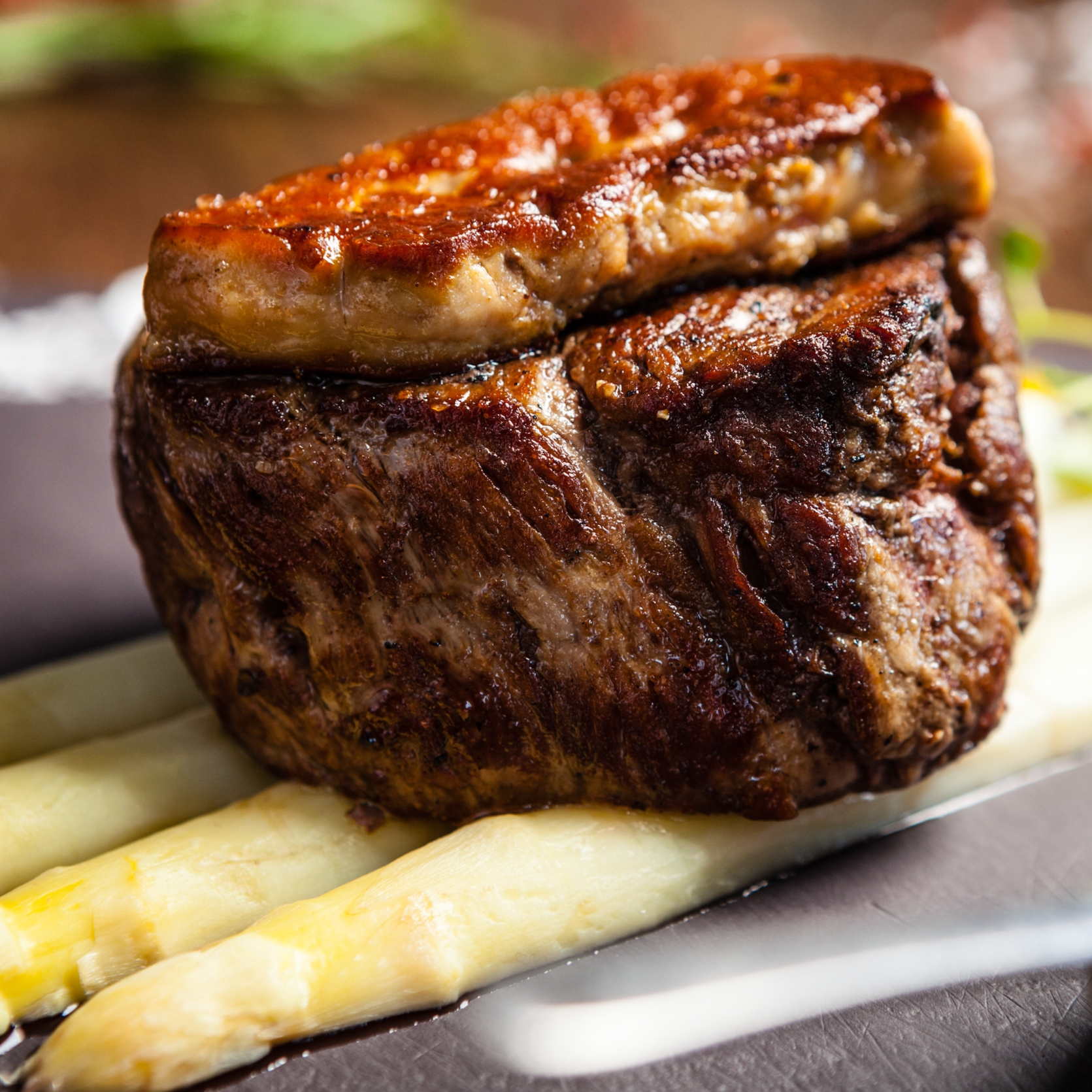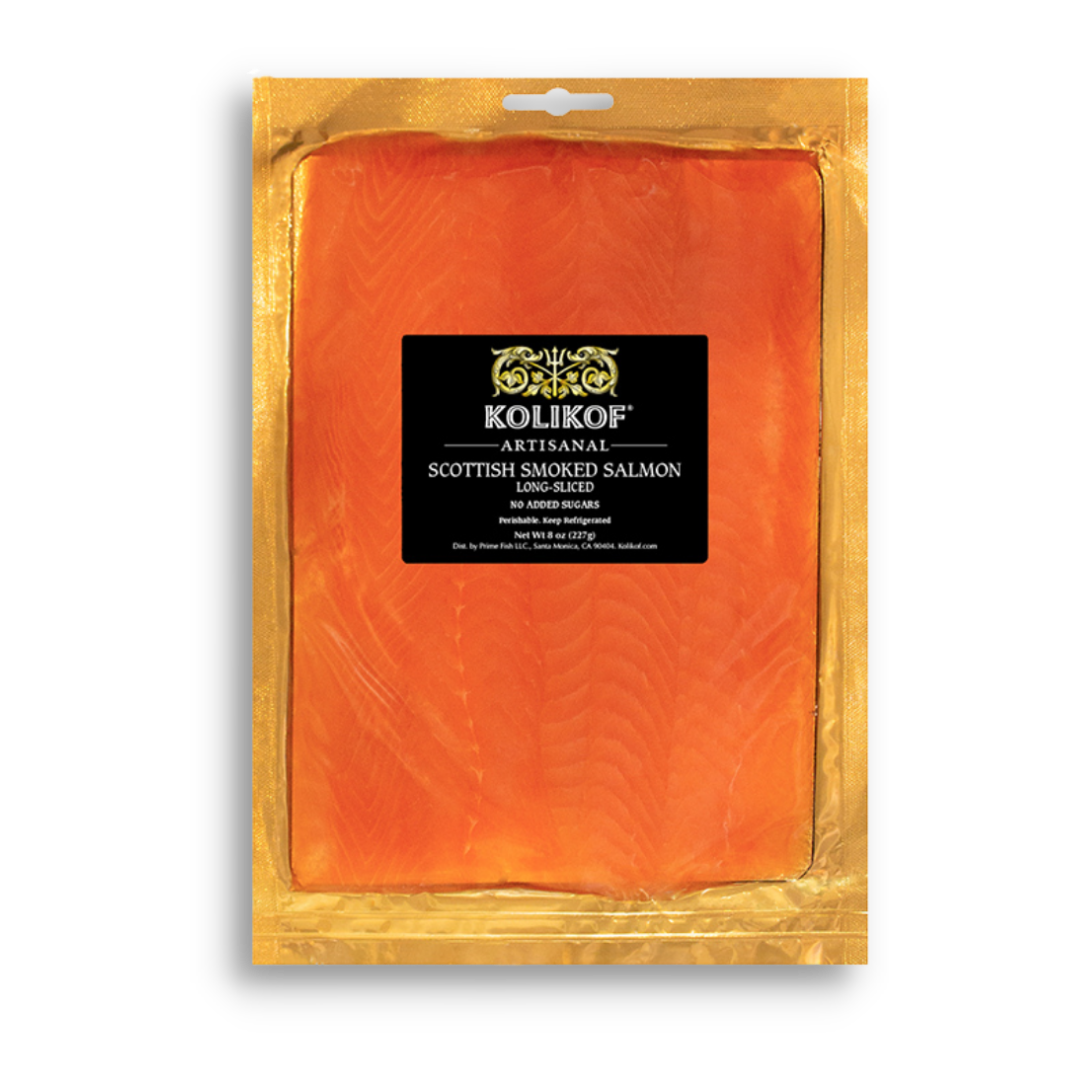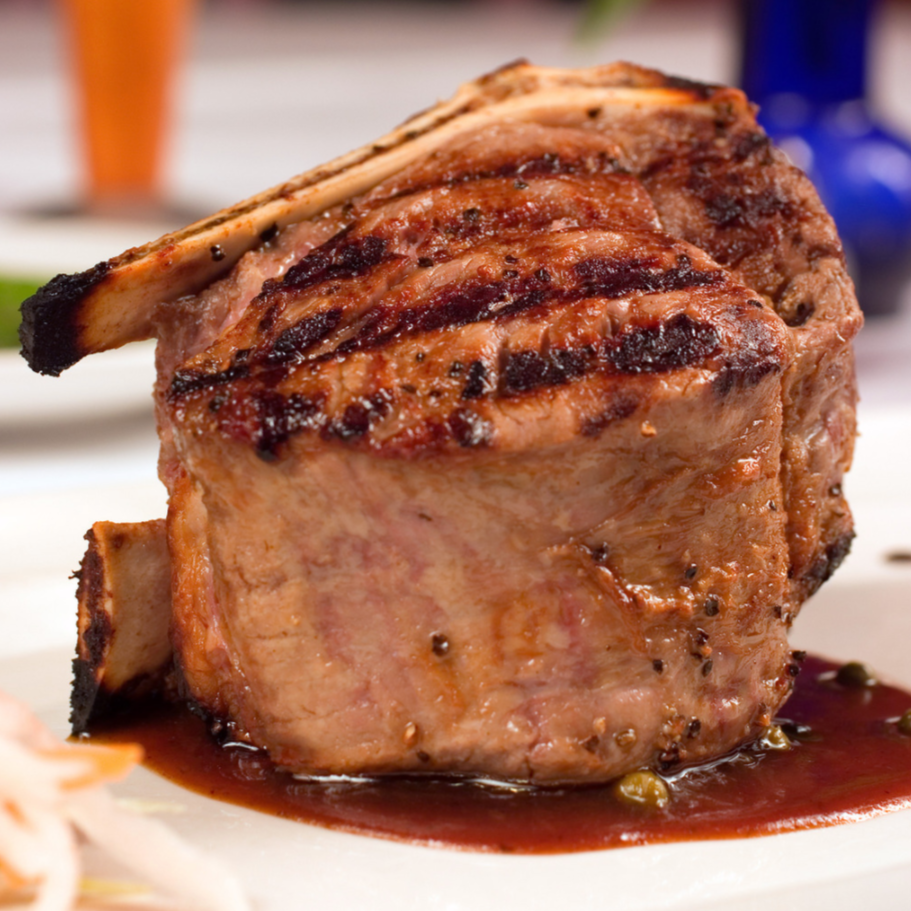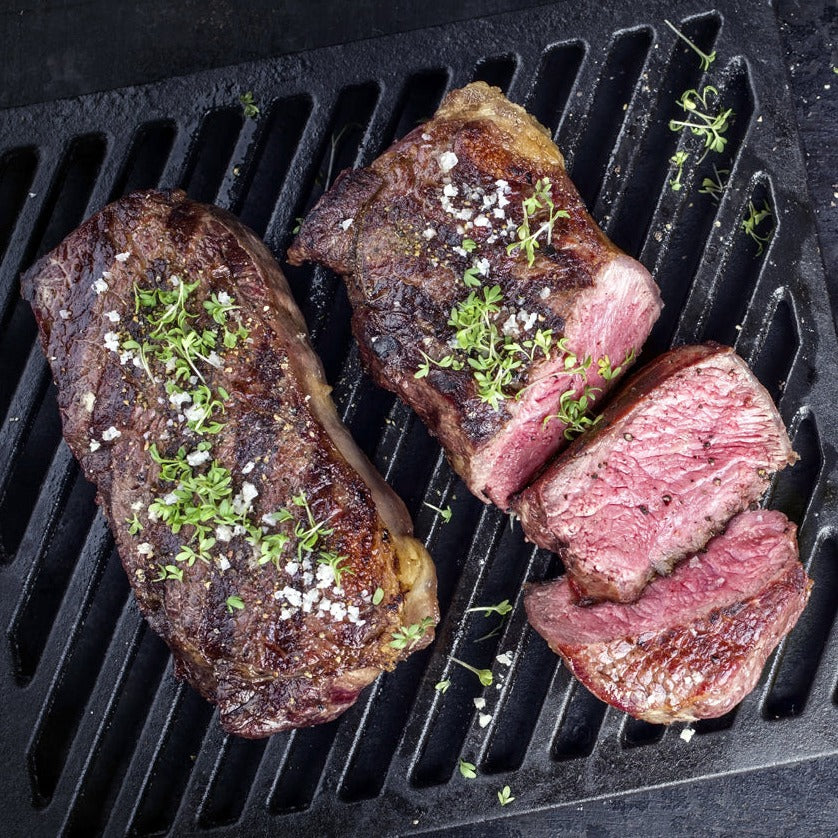How is Caviar Graded? Imperial Caviar Explained
Caviar is a worldwide delicacy, offering delicious, unparalleled flavor in one of the world’s smallest edible packages. But as you shop for caviar for your next event, you may come across labels like royal and imperial and wonder what this means for the quality of the caviar.
We’re going to discuss the differences between royal caviar and imperial caviar, as well as let you know how caviar is graded. Read on to discover all the ins and outs of the best caviars the world has to offer!
What is Imperial Caviar?
Imperial caviar is the highest grade of caviar available and is reserved for only the best and most flavorful caviar. Imperial caviar can also be labeled as Grade A or Grade 1 caviar, depending on your location. While the exact caviar ranking system can vary by producer, all makers of caviar agree that the imperial label is only reserved for the best of the best.
Imperial caviar comes from older fish, specifically the sturgeon. There are many breeds of sturgeons, but only the “Big Five” or Beluga, Sevruga, Ossetra, Kaluga, and American breeds can be classified as imperial-grade caviar.

What Does Imperial Caviar Taste Like?
The taste and flavor of imperial caviar can vary based on the exact breed of sturgeon. However, imperial caviar, in general, is known for its nutty and buttery flavor as well as its creamy texture, which is simply unparalleled in any other type of caviar.
You should never notice a salty or briny taste when eating imperial caviar.
What is Royal Caviar?
Royal caviar is the grade of caviar between basic (often called ‘classic’ or ‘select) and the imperial classification. Royal caviar can also be labeled as Grade B or Grade 2 Caviar. Basically, the same as mid grade, royal caviar will be more flavorful than classic caviar but not quite as flavorful as imperial.
The taste of royal caviar can vary based on the breed of sturgeon, but it is known for being rich and full-bodied—though lacking the buttery or creamy flavor imperial caviar is known for.
What’s the Difference Between Royal and Imperial Caviar?
The differences between royal and imperial caviar will vary based on the ranking system used, but usually, you can expect imperial caviar to be lighter in color than royal caviar. Additionally, while both royal and imperial caviar should be flavorful, imperial caviar will have a creamier texture with a wider variety of flavors than royal caviar.

How is Caviar Graded?
Caviar receives the grade royal or imperial after being looked at by someone who is experienced in caviar. While this judge can vary from company to company, rest assured that the person who gives caviar a grade like ‘royal’ or ‘imperial’ has definitely eaten a lot of caviar, and they know what they are talking about.
Below are the various characteristics that are taken into account when grading caviar.
Size/Shape
The larger the caviar pearls, the higher the ranking, it’s as simple as that. Larger caviar pearls are produced by older sturgeon, making them rarer and more of a delicacy than the smaller pearls.
The shapes of the pearls are also considered alongside the size, and the more round the pearls are, the higher they are ranked.
Taste/Texture
After judging the appearance of caviar, the next step is to taste it and grade it based on flavor. Caviar pearls are graded on their “pop” when you bite down, as well as how creamy the interior liquid is. Higher rankings are given to caviar with a better pop and creamier interior.
In general, top-quality caviar never tastes salty or briny, and the other flavors and spices are more prominent. Plus, these flavors should stay on the palate long after the caviar itself is gone. The longer the flavor lasts on the tongue, the higher the caviar ranking.
Uniformity/Separation/Solidity
The last aspect taken into account when grading caviar is how uniform the caviar pearls are and whether or not they are fully separated from one another. Only cheap caviars come in indistinguishable clumps, which are only partially solid.
Imperial caviars will have large, uniform pearls that can be separated easily when serving. They will also be solid enough to place on top of hors d’oeuvres and other bite-size dishes without having to worry about them falling apart.
Origin
There are many different types of caviar on the market, coming from a variety of fish. The rarer the breed of fish that produces the caviar, typically the higher grade the caviar will receive. There are some exceptions to this, however.
*Note that color is rarely considered when grading caviar. This is because the color of caviar can vary based on diet, location, and several other variables. There are some exceptions to this, however, such as when caviar is labeled “imperial golden” or something similar.
Where Can You Buy Royal Caviar?
Royal caviar, while it is rarer than select or classic caviar, frequently needs to be purchased from a wholesaler or specialty butcher like Kolikof Caviar & Gourmet Foods. Royal caviar varies in price, depending on the type you wish to purchase.
With over 15 different types of caviar, both in the royal and imperial varieties, Kolikof’s is truly your one-stop shop for all things caviar—especially if you want to try something a little more unique, like their Royal Transmontanus Caviar.
Where Can You Buy Imperial Caviar?
Imperial caviar, because of its top-notch quality, can only be purchased from wholesalers or premium butchers like Kolikof’s. The price you will pay varies depending on the exact type of caviar you choose to buy. At Kolikof’s, you can purchase Imperial Sturgeon caviar as well as Imperial 000 Caviar.
If you are just beginning to explore the world of caviar, it is suggested to buy a few different types, such as in this caviar gift set, so you can taste a few different flavors and discover your preferences.
How to Serve Imperial Caviar
Imperial caviar is revered for its flavors, and you’ll want to serve it in a way that allows others to be able to taste them all easily and individually.
For this reason, it is recommended to serve imperial caviar with crackers or small dry toasts. You could also serve caviar with plain potatoes or small potato cakes called latkes (Check out these heart-shaped latkes perfect for Valentine’s Day!)
We think that the caviar is best enjoyed on its own, but at an event where the caviar and toast might be passed or served, a small amount of butter or creme fraiche between the toast and the caviar can help keep it in place. You could also purchase some salmon sashimi and serve the caviar on top of it with a small amount of crème fraiche.
Of course, you could also try caviar on pizza, as mentioned in this article by Forbes. However, we don’t think this is the best use of imperial or royal caviar. Rather, we recommend looking into Kolikof’s Japanese Wagyu A5 and Caviar Box, which will allow you to enjoy some amazing A5 Japanese Wagyu with your caviar!
We also think it’s a good idea to invest in a caviar server, which will allow you to serve caviar and various fixings with ease at a variety of events. Some fixings that can be served with caviar include minced onions, chives, lemon wedges, crème fraiche, and sour cream.


